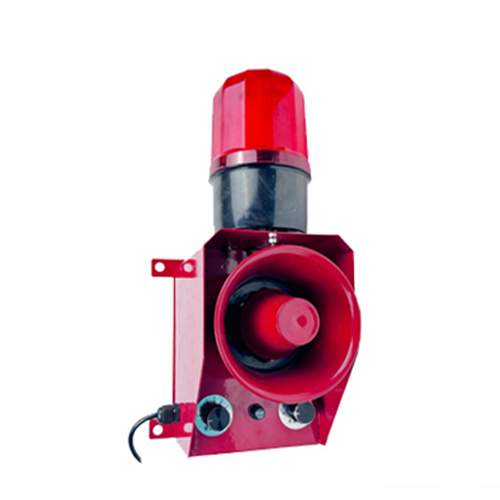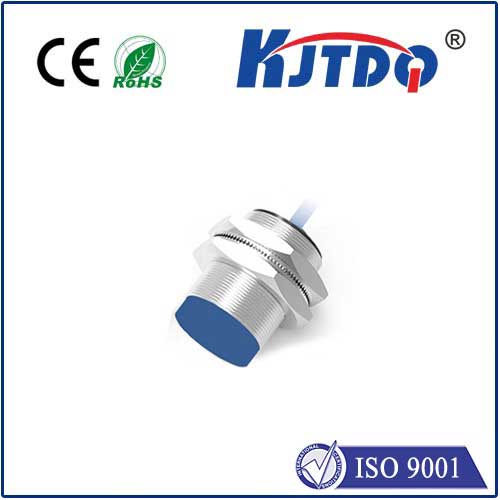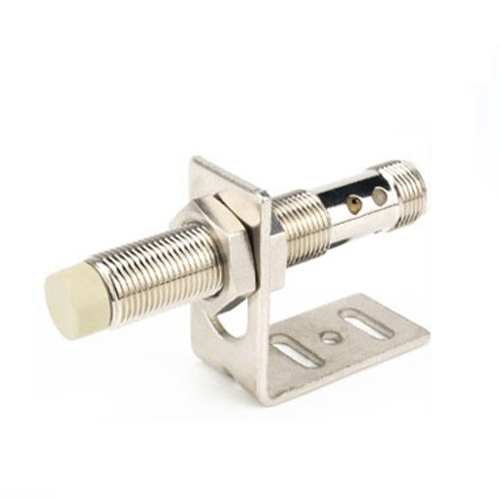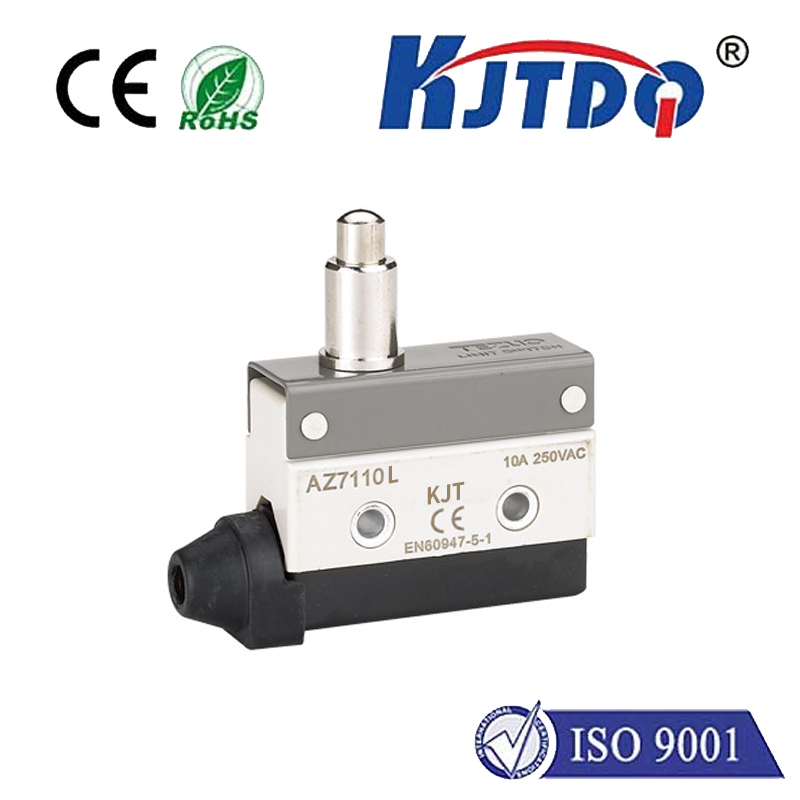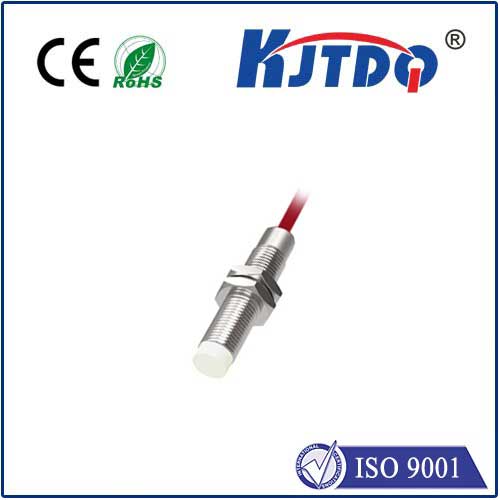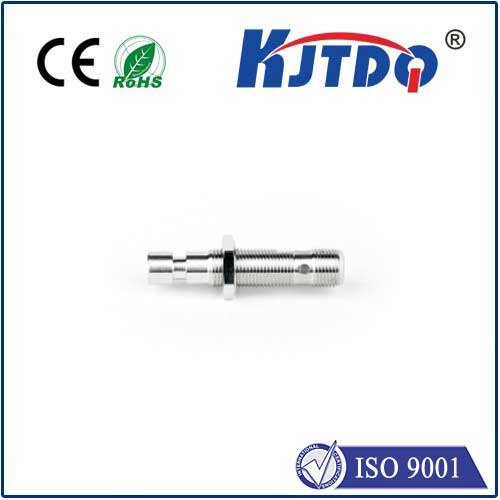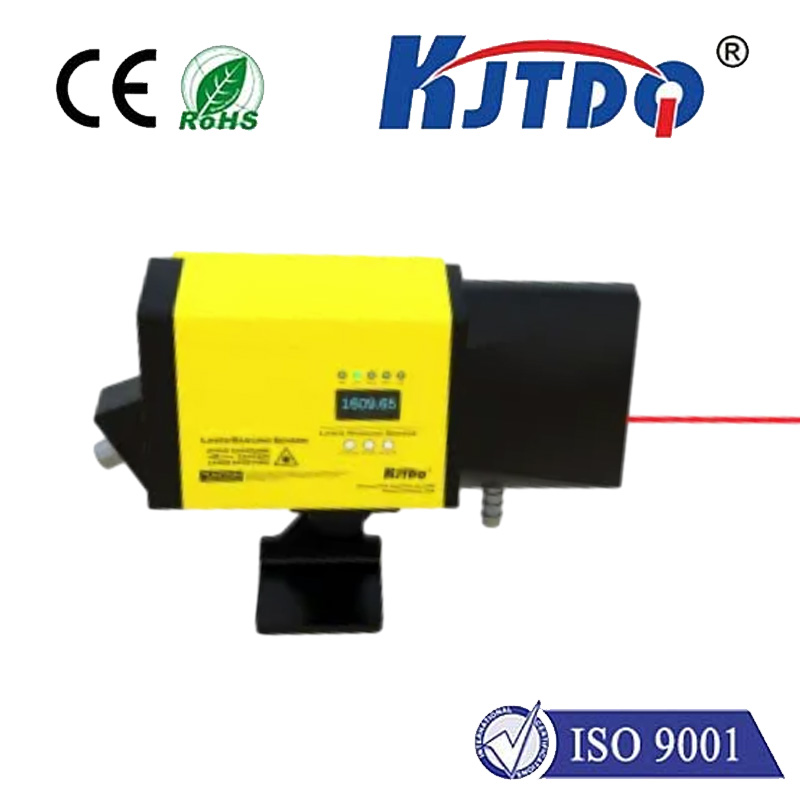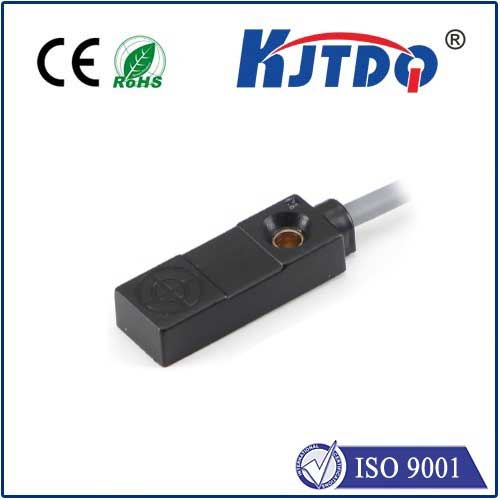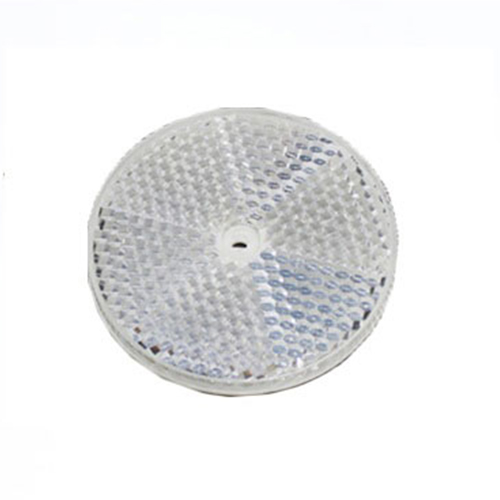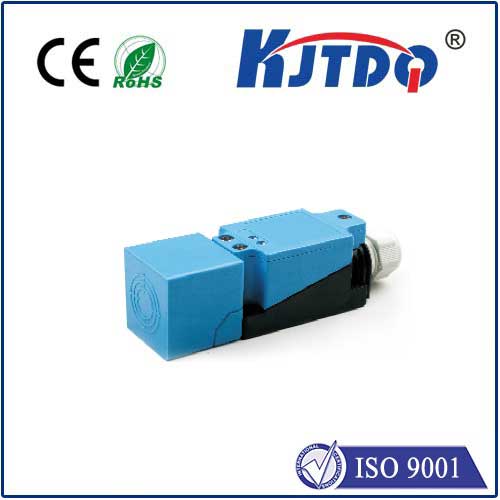

check

check

check

check
Understanding Normally Closed Held Open Limit Switches
A limit switch is a type of sensor that is used to detect the presence or absence of an object, liquid level, or mechanical position. Among the different types of limit switches, the normally closed held open (NCHO) limit switch is commonly used in various applications such as industrial automation, machinery control, and safety systems. In this article, we will delve into the features and functions of NCHO limit switches.

The term "normally closed" refers to the switch's default state when there is no power applied or when it is not actuated by its trigger mechanism. In this state, the contacts of the switch are closed, allowing current to flow through them. On the other hand, the term "held open" means that the switch can be manually held in an open position even if the trigger mechanism has returned to its original position. This feature allows for continuous operation without having to rely on the trigger mechanism constantly engaging and disengaging the switch.
NCHO limit switches are designed with two sets of contacts: one set for the normally closed function and another for the held open feature. The normally closed contacts are typically used for control purposes, such as starting a motor or energizing a relay. The held open contacts, on the other hand, are often utilized for safety purposes, such as maintaining a machine in a safe state until it is manually reset by an operator.
In terms of application, NCHO limit switches are commonly found in conveyor systems where they monitor the position of products moving along the conveyor belt. They can also be used in packaging machines to ensure that each product is properly placed before it moves to the next stage of the process. Additionally, NCHO limit switches can be employed in elevators to prevent doors from closing if there is still someone or something inside.
To summarize, NCHO limit switches are versatile sensors that combine the benefits of a normally closed switch with the added functionality of a held open feature. Their dual-contact design allows for both control and safety applications, making them essential components in various industries. By understanding how these switches work and their potential uses, engineers and technicians can integrate them effectively into their systems to enhance performance and safety.
